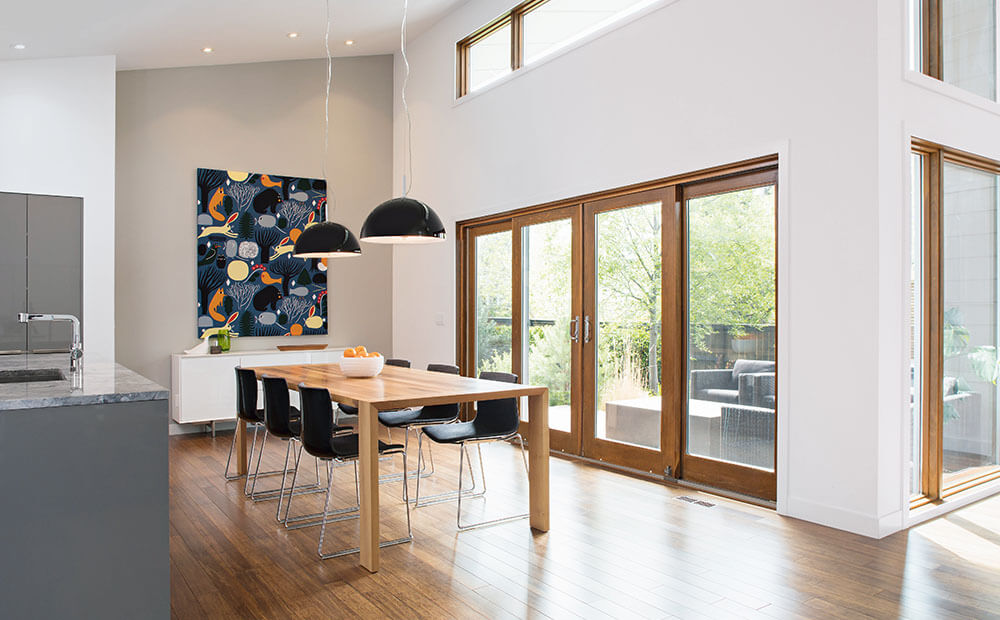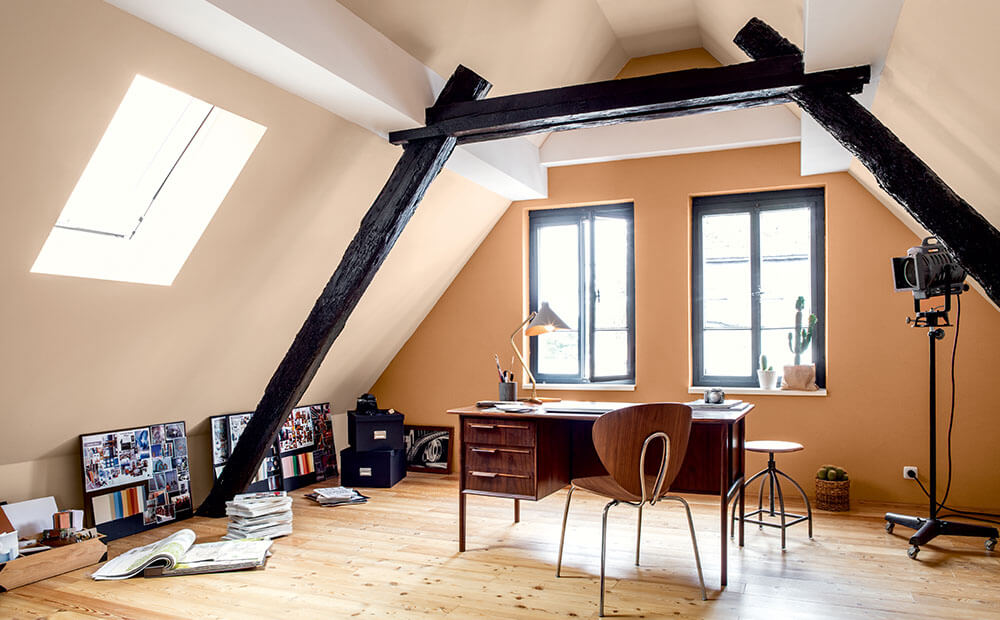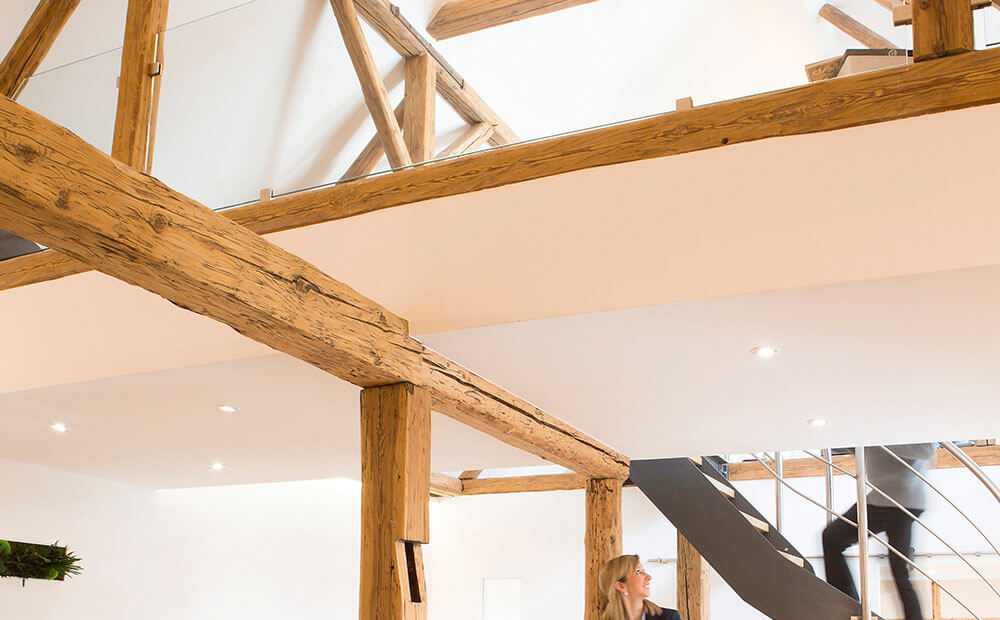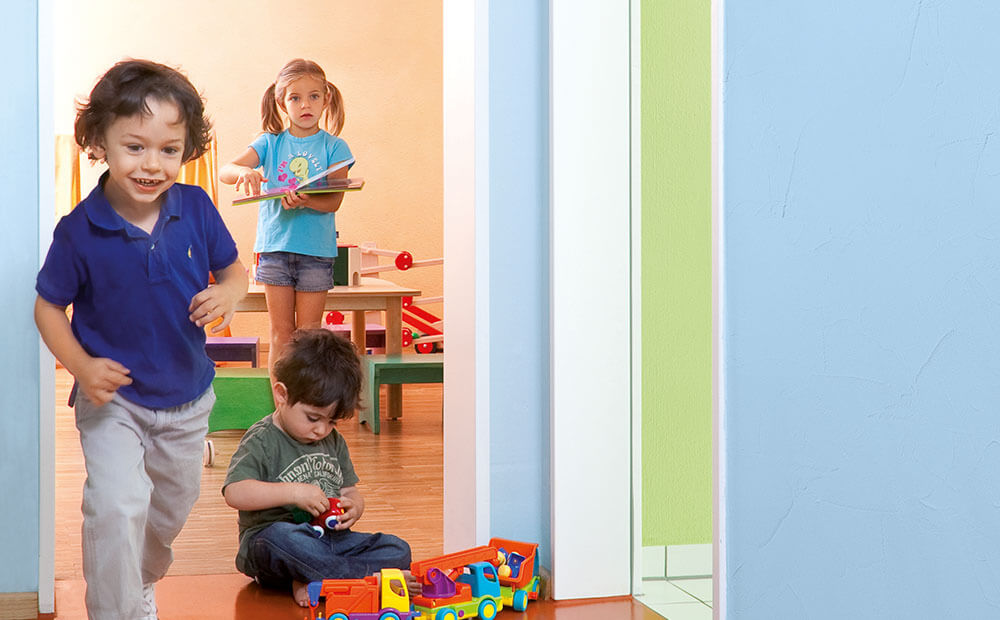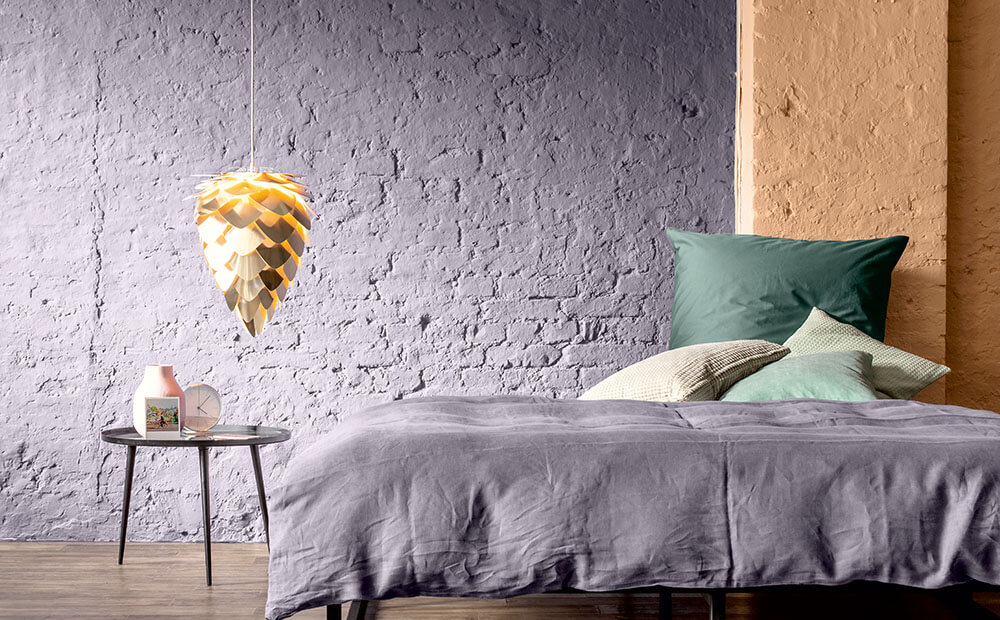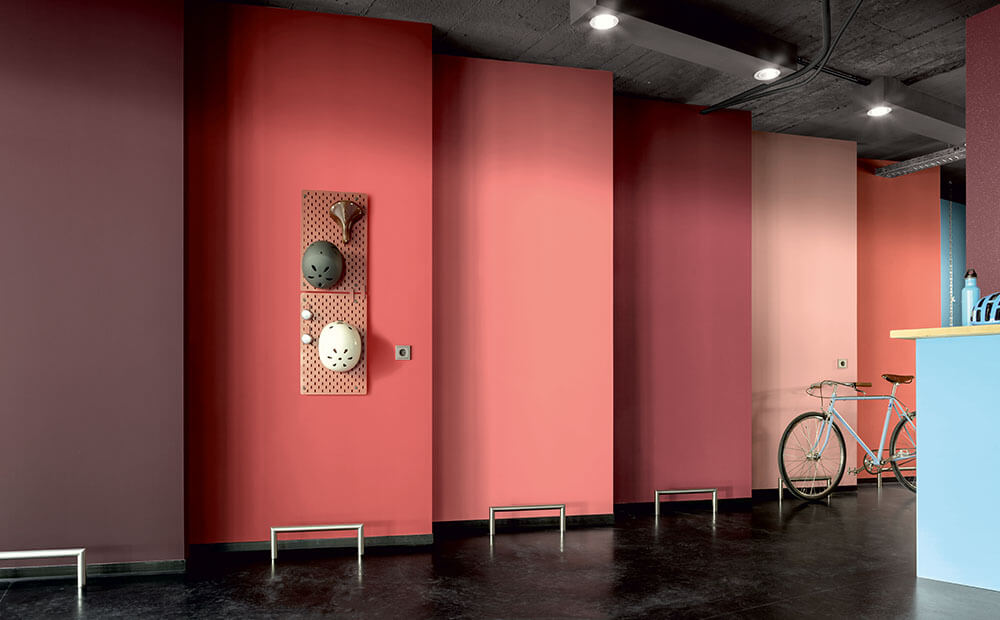
- Home
- Expert knowledge
- Emulsion paint
Emulsion paint for every home
If the home is given a new interior coat of paint, emulsion paint is usually used for this. Thanks to its special properties, this is the most commonly used interior paint. On this page, we explain everything about emulsion paint. What is this made of? Which subcategories of emulsion paint exist and which properties characterise the wall paint? Furthermore, we give an insight into the range of interior dispersion paints from Caparol.
What is emulsion paint made of?
As the name suggests, emulsion paint is based on a dispersion. This is the chemical term for a mixture of two substances that hardly dissolve or mix in one another. In the case of wall paint, the various substances are fillers, binders and solvents, color pigments and additives. Interior dispersion paint usually contains acrylate or synthetic resins as a binder - these ensure that the paint sticks to the wall when dry. Fillers and additives give the paint its special properties such as opacity, while the color pigments are responsible for the color of the interior dispersion.
The special case: latex paint
Latex paint is an exceptionally robust wall paint that is water and dirt resistant. These paints used to contain natural latex, the milky sap of the rubber tree. Nowadays we control these properties through the binder and additives. By this term we understand additives. The added substances give the paint its robust properties, the name latex paint refers to this - although no latex is contained in the paint today.
Properties of emulsion paint
Emulsion paint is not the most commonly used interior paint for nothing. It is THICK build which means it is thick enough and in most cases gives excellent coverage after the first coat. The term thick-layered is often confused with viscous. Thick means the paint leaves a layer of sufficient thickness on the wall, thick refers to the consistency of the mass. Emulsion paint dries quickly and is odorless - ideal for every home, as there is no annoying paint smell. And: Emulsion paint has excellent adhesion to most surfaces. Another major benefit of emulsion paint is that it can be tinted into more shades than any other type of paint.
We divide interior paints into several wet abrasion classes that indicate how robust a paint is. Class 1 is exceptionally hard wearing and can withstand water cleaning and gentle brushing. Class 5 withstands the least amount of stress and hardly tolerates cleaning. If an emulsion paint has, for example, wet abrasion class 2, this stands for high quality and excellent robustness. Cleaning with water and a natural brush is possible without any problems.
Emulsion paint can easily be painted over if a new color is desired. Speaking of colours: Specialist dealers can tint Caparol's emulsion paints in most desired shades. Thanks to the huge variety of colors from Caparol, there are no limits to creativity when painting the interior. For exterior painting, we offer exterior emulsion paint - this is not suitable for interior use.
This is how the emulsion paint becomes colourful
The classic colour for interior dispersion paint is white. If more colour is desired on the inside, emulsion paint is the right paint. The colour can be tinted according to your own needs - old white is a thing of the past. It doesn't matter whether it's grey, black or bright colours like yellow, red and blue - Caparol distributors tint emulsion paint with the high-quality ColorExpress process.
This is done with the help of the latest computer and system technology. The ColorExpress station picks up the desired colour and mixes it in no time. The advantage: the technology formulates and saves each individual shade. This makes it possible to reorder any colour at a later date. With the ColorExpress process, more than five million colours are available.
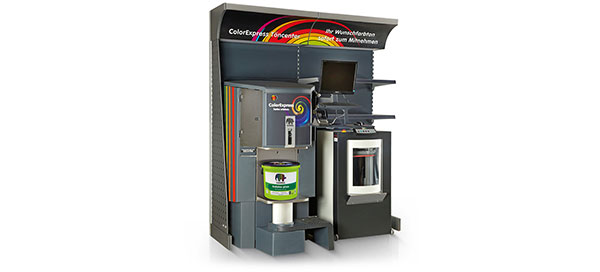
Identify high-quality paint
If a specialist is commissioned to do the painting work, they will ensure that high-quality paint is used. A professional can identify good indoor emulsion paint by several factors such as opacity, wet abrasion class and color intensity. If the paint performs poorly in all areas, it is of inferior quality. Paint that is too thick is also of inferior quality. It makes painting more difficult and the thick consistency means that more paint is used than is stated on the packaging. Paint that is too thin is also not good, as it will not adhere well to the wall and may crack as it dries. In this case, the paint is thickened with chalk or talc. Labels indicate the quality characteristics of high-quality paints on the bucket. If these are missing, this speaks for a colour,
Differences between silicate and dispersion
Indoors, not only emulsion paint is available, silicate paint is also suitable for painting. Silicate paint is breathable and has a natural alkalinity due to its mineral components. This means that silicate paint is able to bind acid from walls and ceilings. These properties inhibit mold growth. This makes silicate paint ideal in damp rooms. If you have any questions about which type of paint is suitable for the upcoming painting work, a specialist will be happy to help.
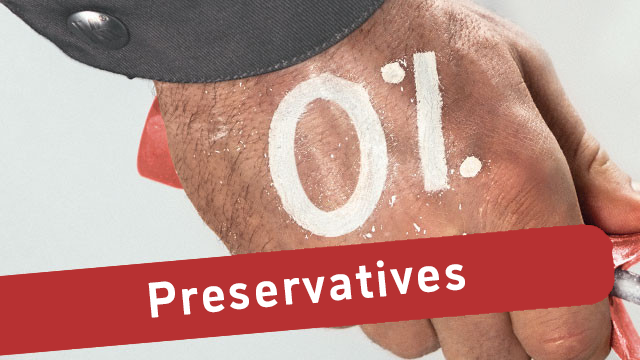
Does silicate paint stick to emulsion paint?
Silicate paint contains mineral, i.e. natural components, and only adheres to mineral substrates such as plaster and cement as well as stone and concrete. If there is emulsion paint on a wall, it must be roughened and then covered with Haftgrund EG. The Caparol product has a remineralizing effect and ensures that the silicate paint forms a bond with the wall and develops its properties when dry.
Caparol products
Caparol offers a wide range of emulsion paints for every home. Caparol offers the right product for every need, from paints of all wet abrasion classes to particularly environmentally friendly paints. If you have any questions about our paints please do not hesitate to contact us
Conclusion: Ideal for at home
Emulsion paint is a mixture of fillers, binders and colour pigments and is the most commonly used interior paint. The particularly robust latex paint is a subcategory of emulsion paint. If it has a sheen, it can even be washed off. Properties such as the best opacity, neutral odour and fast drying time make emulsion paint ideal for work in any home. The paint is available in most desired colours and various degrees of gloss, from matt to glossy. High-quality paint is recognized by properties such as opacity, colour intensity and wet abrasion class.






